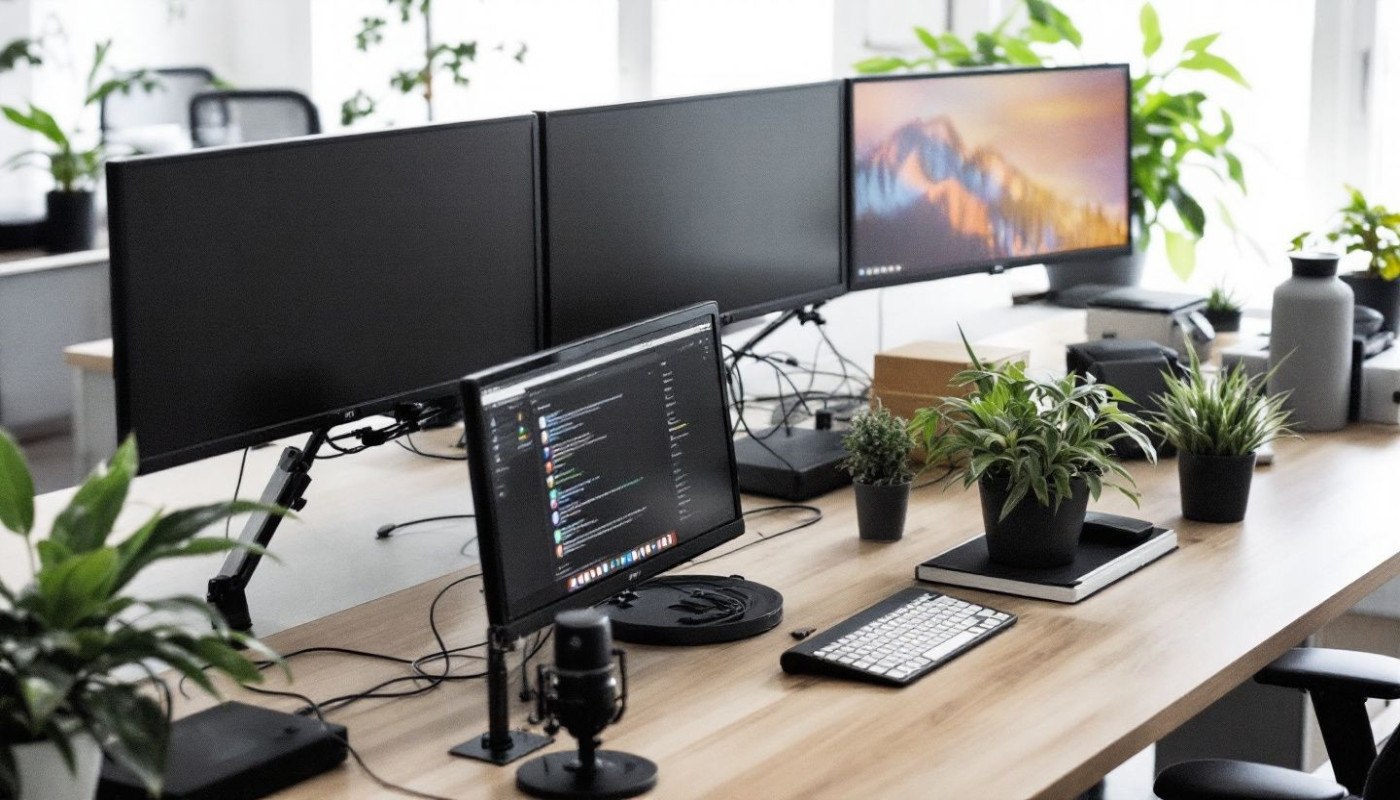Table of contents
When venturing into the bustling world of exhibitions, one can easily underestimate the power of a well-crafted stand design. This facet of presentation not only encapsulates the brand's identity but also acts as a beacon to draw in potential clients and partners. Discover how professional stand design serves as a pivotal factor in defining the success of your exhibition endeavors and why neglecting this aspect might leave you steps behind in the competitive market arena.
The Role of First Impressions in Exhibition Success
First impressions are pivotal in determining the success of an exhibition. A professionally designed stand serves as the visual handshake between a brand and its potential clients, instantly conveying the company's commitment to quality and values. Such initial visual impact is a form of visual merchandising that goes beyond mere aesthetics, playing a strategic role in visitor engagement. When attendees are immediately drawn to a stand that embodies professionalism and brand ethos, they are more inclined to invest time and explore what the brand has to offer. This immediate connection can be the deciding factor for visitor interaction, which can ultimately affect the overall outcome of the exhibition for a business. Therefore, incorporating exhibition success strategies and visual branding into stand design is not merely an additional consideration—it is an integral part of engaging visitors. To delve deeper into the nuances of this dynamic, insights from a Chief Marketing Officer could provide invaluable perspective on how professional stand design contributes to meaningful and profitable visitor engagements.
Functionality Meets Aesthetics: A Balancing Act
Professional stand designers are tasked with creating spaces that not only captivate the eye but also function efficiently for staff and visitors alike. Achieving a harmonious balance between aesthetic appeal and practical functionality is no simple feat. It requires an intricate understanding of ergonomics, the behavioral patterns of visitors, and the objectives of the exhibiting company. A well-designed stand will facilitate smooth visitor traffic flow, ensuring that guests can move about the space freely without bottlenecks, which is a key aspect of stand design efficiency.
Moreover, product display optimization is a fine art that showcases items in a manner that is both accessible and engaging. Attention to detail in the placement of products can significantly impact the visitors' interaction and interest in the offerings. Information accessibility is another pillar of a successful stand design, where visitors can easily find and understand the information they seek. This inclusive approach ensures that the stand is not only visually attractive but also serves its purpose effectively.
To gain insight into how these elements come together in a real-world setting, one might consider the expertise of a Lead Exhibition Designer. Such professionals are adept at juggling the visual elements that draw attention while maintaining a practical layout that promotes an enjoyable and productive experience for all attendees.
When looking at events on an international scale, the expertise of companies such as M2 Event Marrakech becomes invaluable. Their proficiency in marrying the form with function is what elevates a stand from being merely a space to an immersive brand experience.
Brand Storytelling through Design Elements
At the heart of every successful exhibition is a storytelling strategy that engages and resonates with the audience. Professional stand design plays a pivotal role in weaving this narrative, using design themes, color psychology, and interactive stand elements to craft a memorable brand experience. The selection of colors, for instance, is not merely an aesthetic choice; it's a strategic application of color psychology to evoke specific emotions and associations. Moreover, interactive elements within the stand can invite attendees to actively participate in the brand's story, fostering a deeper connection. Narrative coherence ensures that each aspect of the stand contributes to a unified story, reinforcing the brand's message. We have asked a Brand Manager to share insights on how to effectively communicate a brand's ethos through the subtleties of design, thereby underlining the significance of a thoughtfully crafted exhibition stand in making an indelible impression on the audience.
Maximizing ROI with Strategic Stand Design
Investing in professional stand design is a decisive factor for increasing return on investment (ROI) at exhibitions. A captivating stand acts as a magnet for attendees, significantly boosting lead generation by drawing in potential clients and partners. It serves not only as a visual beacon but also establishes a space conducive to networking opportunities, where meaningful business connections are fostered. The meticulous attention to design details can leave lasting impressions, which are instrumental in converting one-time visitors into long-term customers, thereby enhancing business growth from exhibitions. A standout design resonates with the audience well after the event, serving as a continuous reminder of the brand. To quantify the effectiveness of such an investment, finance directors are encouraged to perform a cost-benefit analysis. This analytical approach will provide tangible evidence of how an aesthetically pleasing and strategically thought-out booth design directly correlates with an upsurge in business opportunities.
Measuring the Impact: Feedback and Analytics
Understanding the success of professional stand design in exhibitions requires a blend of qualitative and quantitative analysis. One key method is visitor feedback collection, which provides direct insights into the attendee experience. By surveying visitors, exhibitors can gauge reactions to the stand design and determine which aspects resonated with the audience or fell flat. In parallel, assessing engagement metrics, such as time spent at the stand, interaction with exhibits, and lead generation rates, offers concrete data on how effectively the design captivated interest. Additionally, comprehensive exhibition analytics are vital. Post-event analysis can reveal patterns and outcomes that are not immediately apparent, driving data-backed decisions for enhancing future exhibition planning. The role of the Head of Analytics is pivotal in deploying these measurement tools, ensuring that the stand design effectiveness is evaluated thoroughly, informing strategy and design decisions for subsequent events.
Similar

How To Choose The Best PowerPoint Agency For Your Business Needs

Exploring The Impact Of 24-Hour Access On Productivity In Shared Workspaces

The Future Of Work: How Flex Desks Enhance Flexibility?

Understanding The Impact Of Swiss Banking Laws On Global Finance

How Specialized Consulting Enhances Cross-border Legal Navigation?

How Integrating Chatbots With CRM Boosts Customer Engagement

Exploring The Impact Of Effective Web Design On Digital Marketing Success

Exploring niche markets how small businesses capitalize on untapped opportunities

Business agility how to pivot effectively in rapidly changing markets

mastering the art of business storytelling to engage and convert online audiences

How A Free Email Verification Tool Enhances Marketing Strategies

Strategies For Crypto Companies To Comply With Upcoming EU Regulations

How Free AI Chatbots Transform Online Customer Interactions

Exploring The Benefits Of Anonymous And Offshore Web Hosting

